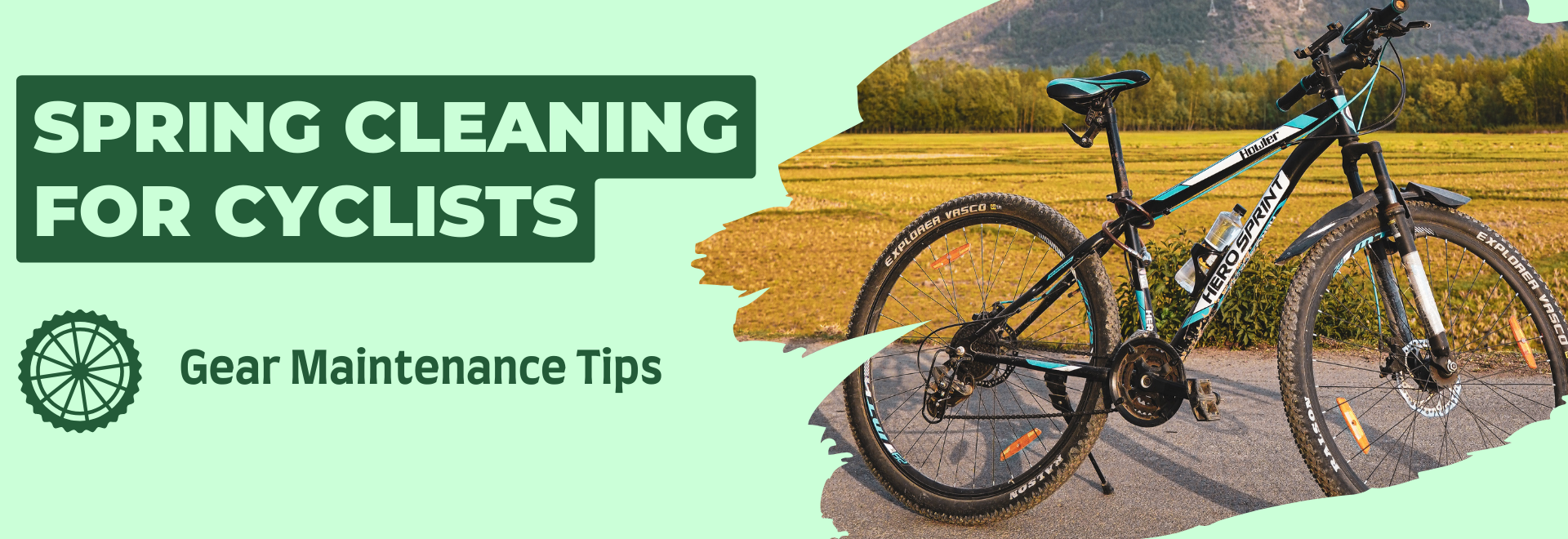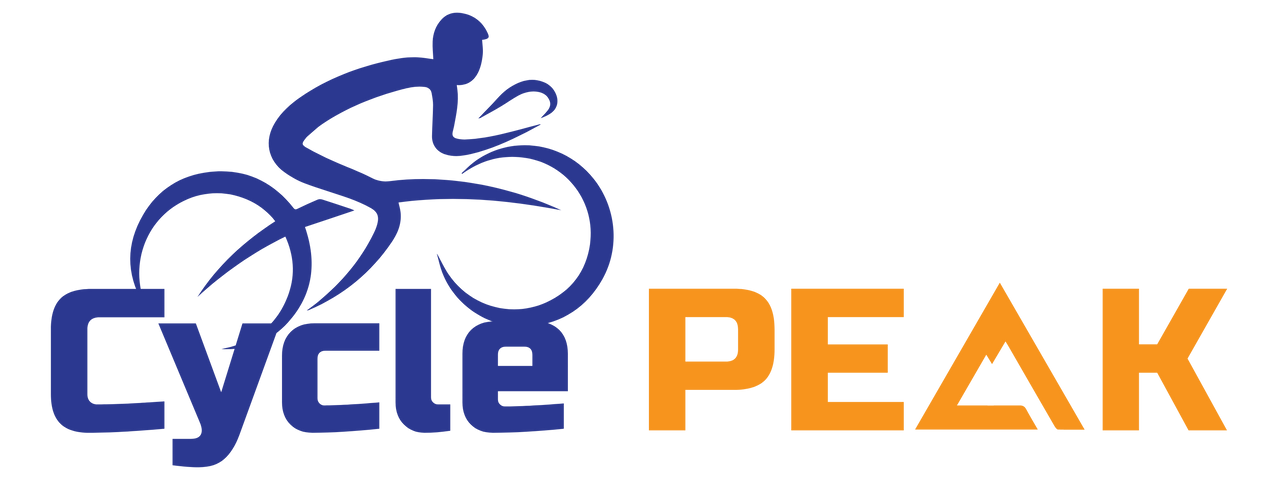
Spring Cleaning for Cyclists: Gear Maintenance Tips
Spring is the season of renewal, and for cyclists, it’s the perfect time to give your gear the attention it deserves. Whether you've been powering through winter rides or stored your bike away during the colder months, a comprehensive spring cleaning ensures your equipment is safe, efficient, and ready for longer, sunnier rides. A well-maintained bike not only performs better but also extends the lifespan of your components and enhances your overall riding experience.
Let’s walk through some essential maintenance tips that will have you riding smoothly into the new season.
Start with a Deep Clean
The first step in spring maintenance is a thorough cleaning. Winter can leave behind road salt, grime, and moisture that contribute to corrosion and mechanical wear, while storage dust and residue can dull performance. Begin by washing your bike frame using a mild, bike-specific cleaner, a sponge, and a soft brush. Be gentle around sensitive areas like bearings, and avoid using high-pressure water which can force moisture into places it doesn’t belong.
Pay special attention to the drivetrain—your chain, cassette, chainrings, and derailleurs. These components collect the most grime and need degreasing regularly. A chain cleaning tool and a good-quality degreaser will make this task much easier. After cleaning, allow everything to dry completely before applying a fresh coat of lubricant to the chain. This helps reduce friction, prevent rust, and maintain smooth shifting.
Inspect and Replace Worn Components
Spring cleaning isn’t just about aesthetics—it’s the ideal time to inspect your bike for wear and tear. Start with your brake pads. Worn pads can reduce stopping power and increase your braking distance. Look for thinning, uneven wear, or glazing. If you notice any of these signs, it’s time to replace them.
Your chain is another high-wear component that should be checked regularly. Chains stretch over time, and riding on a stretched chain can damage your cassette and chainrings. Use a chain wear indicator tool to determine if it needs replacing. It’s a small investment that can save you from costlier repairs later.
Don’t forget to check your cables and housing. Over time, they can become stiff, frayed, or corroded, affecting shifting and braking performance. Replacing cables can dramatically improve responsiveness. Finally, inspect your tires for cracks, bald spots, or embedded debris. Tires lose their grip and puncture resistance as they age, so replace them if they show signs of significant wear or damage.
Refresh Your Accessories
Accessories are often overlooked during routine maintenance, but they play a key role in safety and comfort. Start with your helmet. Even if it hasn’t been involved in a crash, the foam inside can degrade over time. Most manufacturers recommend replacing helmets every 3–5 years. Check for cracks or any signs of structural damage.
Next, test your bike lights. As days grow longer, it’s easy to forget how important lights are, especially for early morning or evening rides. Recharge batteries or replace them if needed, and make sure your lights are securely mounted and functioning correctly.
Bar tape and saddles also deserve your attention. Bar tape can wear out or absorb moisture over time, making your grip less secure and less comfortable. Replacing it can also freshen up the look of your bike. If your saddle feels less comfortable than it used to or shows signs of wear, consider replacing or adjusting it to suit your current riding posture.
Check Your Bike Fit
As you get back into longer rides, comfort becomes crucial. Your body may have changed since last season, so it’s a good idea to re-evaluate your bike fit. Small adjustments to saddle height, tilt, or fore-aft position can make a significant difference in both performance and injury prevention. If you’ve experienced numbness, discomfort, or pain on your rides, consider visiting a local shop for a professional bike fitting. It’s one of the best investments a cyclist can make.
Organize Your Toolkit and Supplies
Now’s also a great time to take stock of your cycling toolkit. Having the right tools and supplies on hand can turn a frustrating roadside issue into a quick fix. Make sure your multi-tool is clean and functional, and check your mini-pump or CO2 inflator to ensure it’s working properly. Restock your supply of spare tubes, tire levers, patch kits, and CO2 cartridges. A few minutes of organization now can save you major headaches during your rides.
Ride Into Spring With Confidence
Spring cleaning for cyclists isn’t just about tidiness—it’s about setting the tone for a successful and enjoyable riding season. A clean, well-maintained bike feels better, rides smoother, and gives you peace of mind whether you're commuting, training, or heading out on weekend adventures.
At Cycle Peak, we’re passionate about helping you make the most of your rides. Whether you're looking for drivetrain cleaning kits, fresh bar tape, or expert advice on component upgrades, we’ve got the gear and guidance you need to get rolling.
